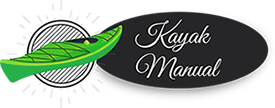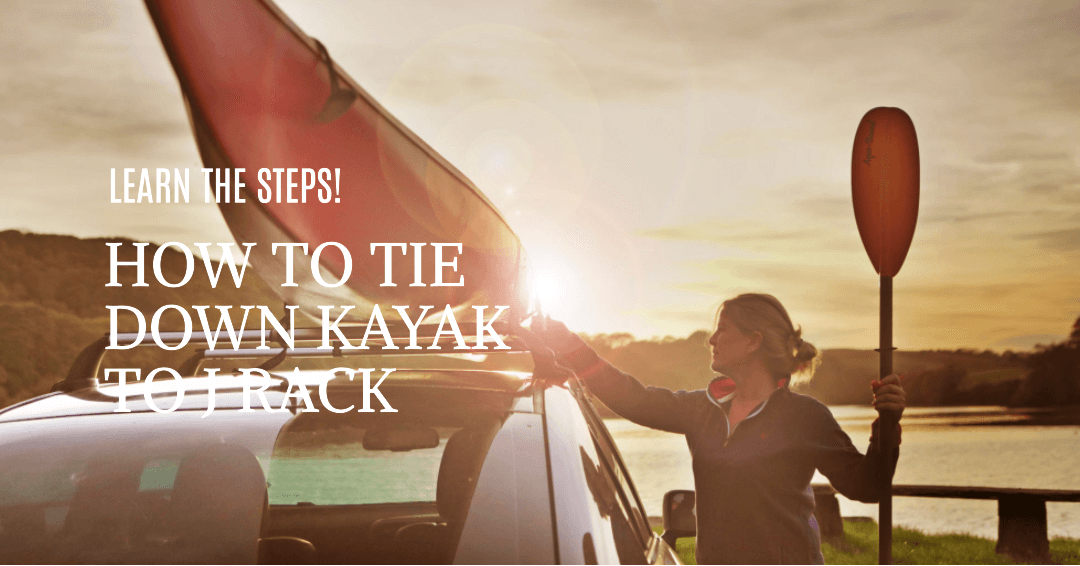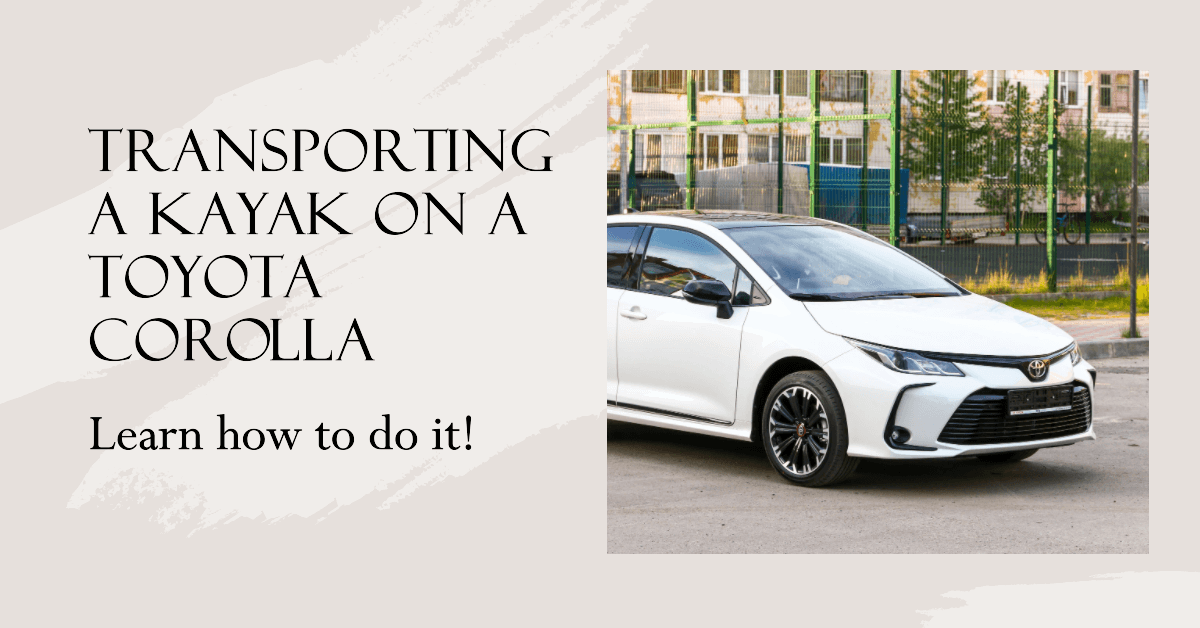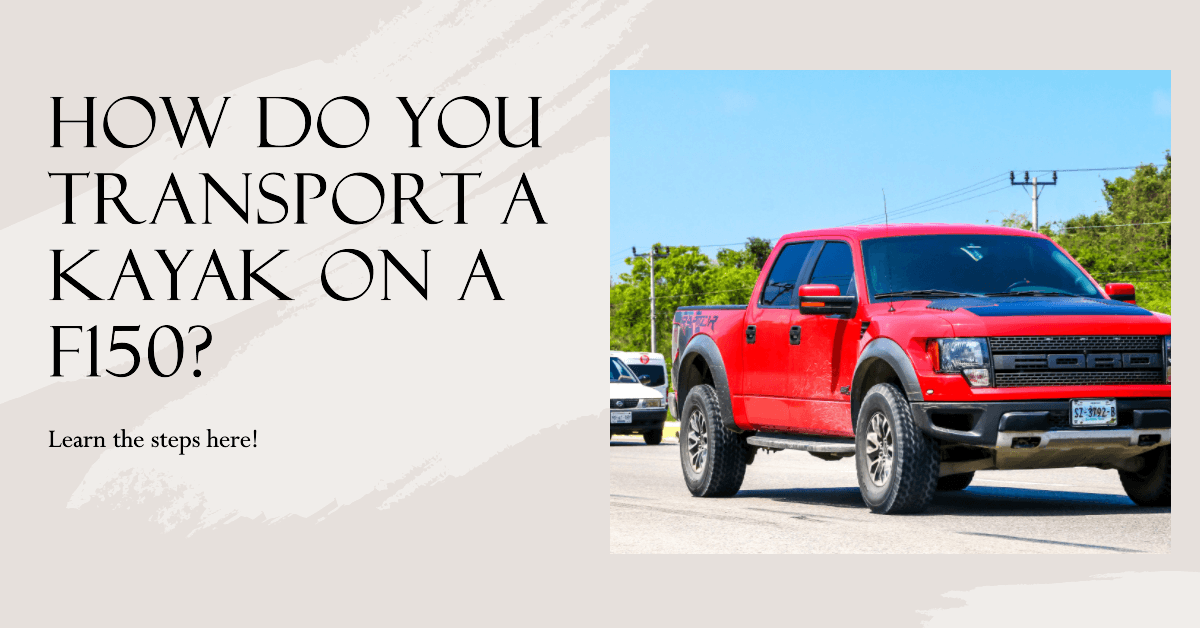How to Store Your Composite Kayak
Kayakers take a lot of pride in their boats. This holds doubly true for paddlers of fiberglass,...
Right Technique for Getting into a Kayak
All kayakers, regardless of their experience level, have faced challenges when trying to board a kayak at some point. While such a mishap...
How to Strap Your Canoe or Kayak to a Roof Rack
Anyone who paddles a kayak or canoe must have a way to transport them to and from the water. Serious paddlers have this fact in mind...
How To Strap Two Kayaks to a Roof Rack
Trying to strap two kayaks to a factory installed roof rack or aftermarket roof rack without roof...
Guide to Bioluminescent Kayaking in Orlando
Orlando, renowned for its numerous amusement parks, is also home to an under-the-radar, entrancing experience that combines natural beauty,...
How To Tie Down Kayak To J Rack
Just like Captain Ahab had his white whale, every kayaker has their own great challenge: tying down their kayak. But don’t fret! It...
Best 9 Places to Kayak in Bend, Oregon
Bend, Oregon is a veritable outdoor playground and a true paradise for water enthusiasts. With its...
How Do you Transport A Kayak on Toyota Corolla
Kayaking, a captivating and diverse sport, has gained substantial popularity over the years. As of 2021, approximately 18.6 million people...
How Do you Transport a Kayak on a f150?
The F150 isn’t just your run-of-the-mill pick-up; it’s a beast, a mule, a companion for the wanderlust-stricken souls craving...
Kayak Fishing Tournament Practice 101
I have been lucky over the last several years experiencing tournament fishing both as a co-angler...





